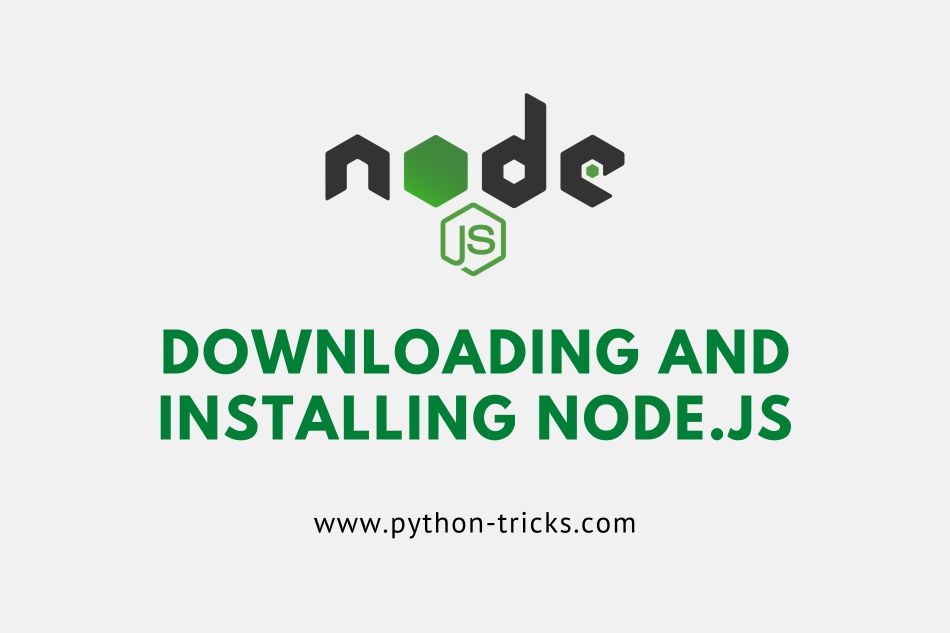

In addition to CPU, we monitor the network bandwidth that is consumed, and limit you to 75 MB for the duration of the container. Currently, we don’t limit your CPU usage, though this may change in future. The container running your application has a few limitations. That way, other people in the pad can see your changes as they’re being made. ⚠️While it’s possible to edit files directly from the shell, we recommend using the editor to make your changes. In addition to installing packages, the shell can be used for executing a test suite if you have one defined. The shell can be used to install NPM packages using npm install. ShellĪ shell is provided to you so you can inspect your container in more detail.

IntelliSense is running across your entire project, allowing you to see when there are syntax errors or to get quick hints for how to resolve errors or TypeScript issues. Compilation and type checks are handled by SWC, a Rust-based platform for compilation and bundling that greatly decreases compilation time. The app is pre-configured to support TypeScript, but you can define. For instance, you can run curl 127.0.0.1:3000/test to see your server’s output. We’ve installed curl in the container running your application, so you can make requests to your API directly from the shell.

Changes are automatically applied as you type them, and you can add as many files to the project as you need. We’ve also installed Sequelize, which is a promise-based ORM tool to make it easy to interact with the database. This Node pad is running an Express application, with a built-in connection to a PostgreSQL database. Guidelines to use Node in this online IDE Running Express + PostgreSQL on CoderPad


 0 kommentar(er)
0 kommentar(er)
